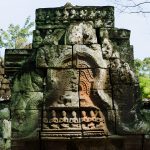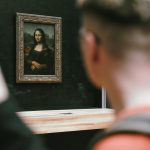Japanese woodblock prints, known as Ukiyo-e, provide a fascinating glance into Japan’s “floating world” during the Edo era. This art genre, which thrived from the 17th to the 19th century, celebrates the ordinary, incredible and ephemeral. Renowned artists such as Hokusai and Hiroshige brilliantly represented settings that span tranquil landscapes to bustling city life. Ukiyo-e depicts the hedonistic desires and sporadic splendor of the era. The artwork attracts with its spectacular compositions, meticulous details, and enticing tales. It acts as both a visual joy and a historical record. It portrays Japan’s cultural, social, and natural settings from the past. Japanese woodblock prints is a monument to Japan’s artistic beauty and impermanence.
The Technique behind it
Ukiyo-e prints is a precise technique that stresses teamwork among the artist, carver, printer, and publisher. This technique, also known as nishiki-e, permits the creation of multi-colored prints. Artists first generate the design, after that carvers methodically chisel away at blocks of cherry wood to make the stamps for each hue. The perfect positioning of these blocks before printing delivers the vivid and detailed envision that marks Ukiyo-e.
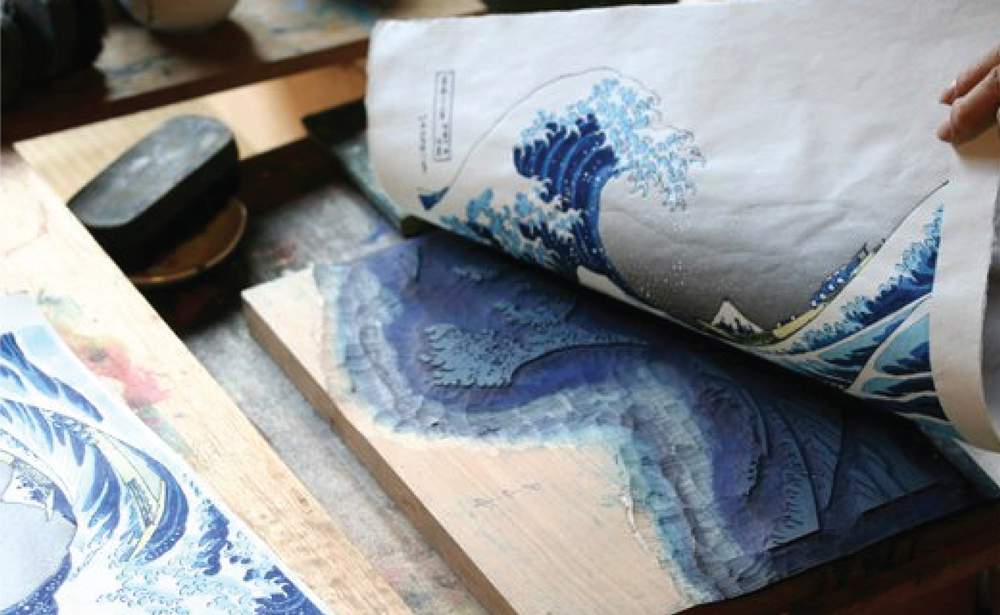
The influence of Nature and seasonality
Ukiyo-e artists frequently took influence from nature, expressing the spirit of Japan’s landscapes across the seasons. Hiroshige’s “Fifty-Three Stations of the Tokaido” series exhibits this, with each print capturing a distinctive attribute of the landscape and seasonality along the Tokaido route. This intimate connection with nature exemplifies the Japanese philosophy of mono no aware, which emphasizes the impermanence of things and expresses mild sadness at their passing.
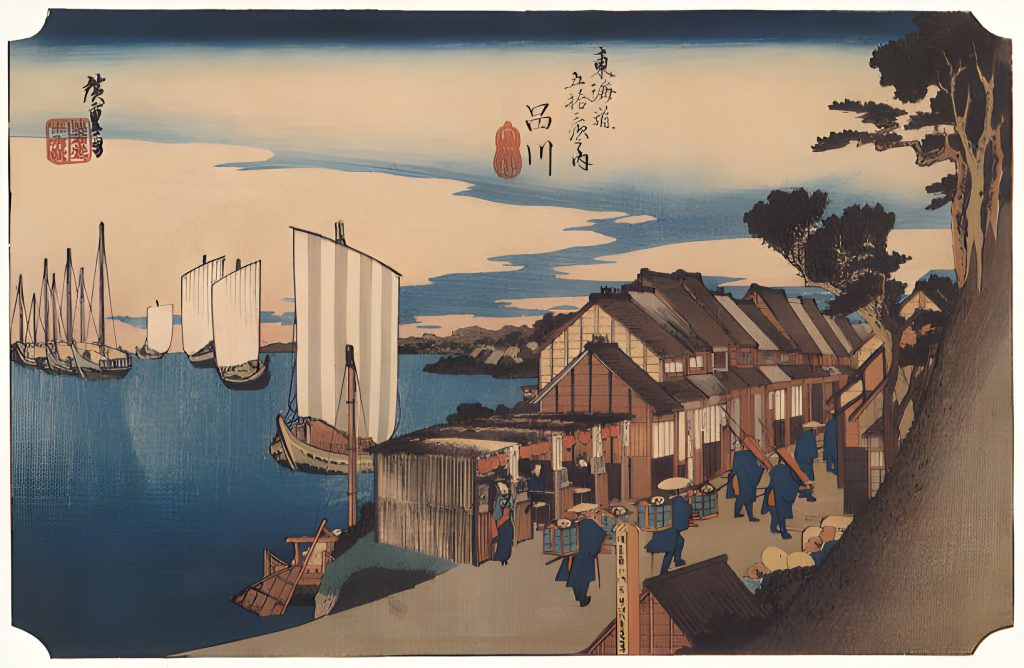
The Role of Portraiture in Ukiyo-e
Beyond landscapes, Ukiyo-e highlighted the appeal of the human figure, notably via bijin-ga, or portraits of beautiful ladies. These prints, which frequently depicted courtesans and geishas, were more than just representations; they also communicated the style, ideals of beauty, and cultural practices of that period. Artists like Utamaro were masters at expressing the elegance and depth of emotions, keeping their portraits highly sought for.
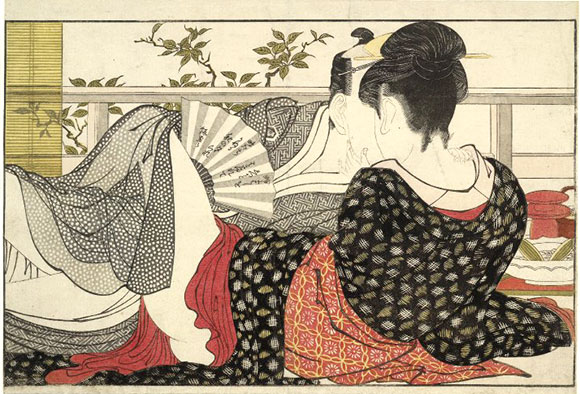
The Theatrical World Through Ukiyo-e
Kabuki theater, a major form of amusement in Edo Japan, additionally set its way into Ukiyo-e prints. These prints were a sort of celebrity portraiture, depicting famous performers in their finest memorable performances. The hyperbolic faces and dynamic positions recorder in these prints illustrate Kabuki’s theatricality and drama, providing a glimpse into popular culture during that particular period.

The Impact of Western Perspectives
Western influences arrived in the nineteenth century, introducing novel processes and points of view to Japanese woodblock prints creators. The employing of linear perspective and shading in Hiroshige’s later works exemplifies the mixing of Eastern and Western artistic practices. This interaction between cultures improved Ukiyo-e, enabling artists to experiment with fresh elements in their work while maintaining the art form’s unique character.
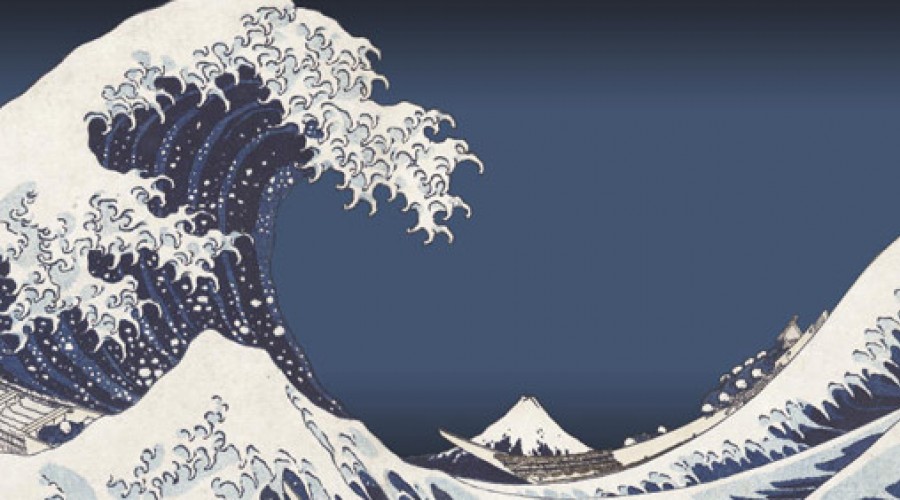
Ukiyo-e in the Modern World
Japanese woodblock prints established a long-lasting effect on both Eastern and Western art, inspiring both the Impressionist and Post-Impressionist movements in Europe while also inspiring contemporary artists and designers. It influenced painters like Vincent van Gogh and Claude Monet, who loved Ukiyo-e for its vivid use of color and inventive compositions.
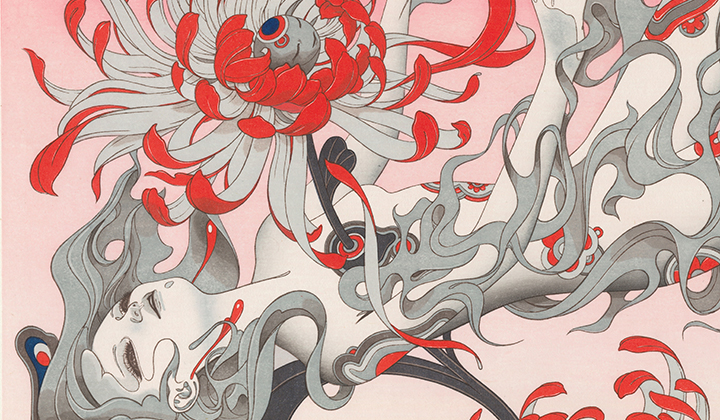
Preserving the Legacy
Today, museums, collections, and digital archives across the world maintain Ukiyo-e archives. These efforts guarantee that generations to come may enjoy Japanese woodblock prints for their beauty, craftsmanship, and cultural value. As we proceed to explore and enjoy Japanese woodblock prints, we keep being reminded of the eternal enticement of captivating the fleeting and beautiful facets of the natural world.
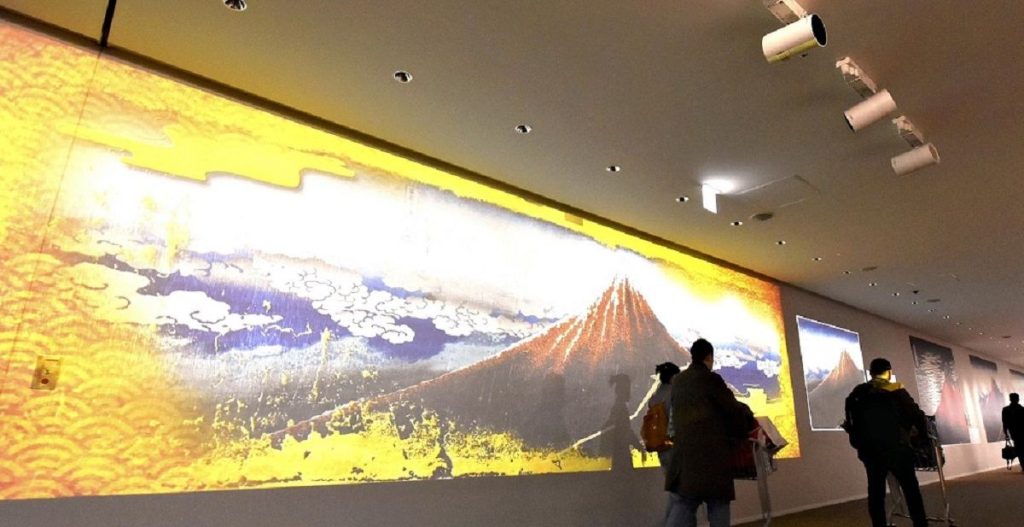
Japanese woodblock prints, or Ukiyo-e, depict far more than just short-lived moments; they stand for a culture’s core and development. These artworks, created using meticulous techniques, depict the splendor of nature, social shifts, and interactions between cultures, highlighting Japan’s rich historical narrative. Ukiyo-e’s effect is widespread, ranging from influencing Western art styles to molding modern design. Preserving this legacy helps us to comprehend the intricate connection between tradition and innovation. As we look at Ukiyo-e, we bond with the past and gain a better grasp of beauty’s ephemeral yet timeless character. The style of this art allows us to look at the world through the lens of elegance and impermanence, reminding us of the universal attraction of catching life’s essence on canvas.


